2014 has been another great year in conservation and community development at GHF projects sites around the world. Read the 2014 report highlighting GHF’s project milestones.
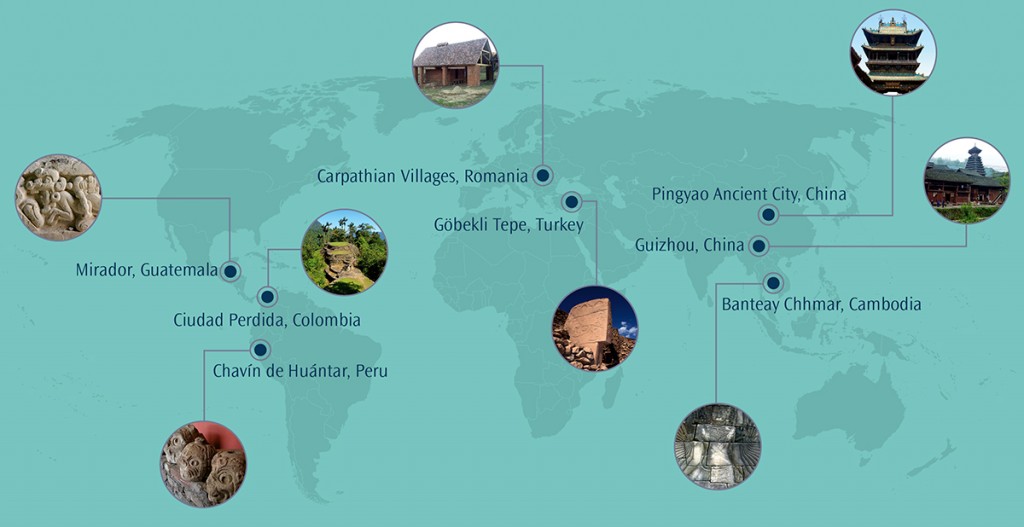
GHF Current Projects 2014
MIRADOR, GUATEMALA
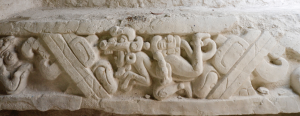
Popol Vuh structure at Mirador, Guatemala. Photo by Bob Stanton
The number of visitors continues to increase at El Mirador, and we are pleased to announce that construction has started on toilet facilities and water cisterns for tourists visiting the site.
The conservation team continues the stabilization of monumental architecture, using stone and stucco, and excavation began on the moat that surrounds the central portion of the city. The team is conducting intensive excavations in the southwest corner of the
Great Central Acropolis, and research on the chronology, as well as economic and political relationship between Mirador and neighboring Tintal is underway.
The first of three volumes of The Tropical Insects of the Ancient Kan Kingdom of Mesoamerica has been published. The book represents the range of multidisciplinary work that the Mirador Basin Project and FARES have organized.
GHF also supports the ongoing education of over 400 local workers. The goal of these classes is to give locals a chance to build skills that allow them to move into better paying jobs either at the archeological site, or jobs created by the nearly 200,000 annual visitors to the Mirador Basin.
CIUDAD PERDIDA, COLOMBIA

Ciudad Perdida Colombia. Photo by Santiago Giraldo
Ciudad Perdida recently won a Travel + Leisure Global Vision Award. Introduced in 2005, the Awards recognize the outstanding efforts of individuals and organizations that are working to preserve the world’s natural and man-made treasures.
Through the careful regional management plan GHF helped create, visitators have increased from 3,500 in 2009 to 9,000 persons in 2014. The increase represents only 39% of the site’s carrying capacity estimated and calculated by the Colombian park service. This sustainable growth in tourism has resulted in nearly $3 million in revenue for the region each year and provides a steady income for over 150 local stakeholders.
In addition to restoring 5 terraces and 120 meters of ancient walkways, GHF funded the construction of a health center, which was completed this year and will benefit the communities of local campesinos, as well as members of the Tayrona tribe, a small band of indigenous people who live in proximity to the site.
A tree nursery is planned for this year 2015 to help with reforesting areas harmed by illegal logging or landslides.
BANTEAY CHHMAR, CAMBODIA

Detail of Bas-relief in the temple of Banteay Chhmar in Cambodia. Photo GHF
GHF and the Prince Claus Emergency Fund have enabled the Banteay Chhmar Project team to undertake the proposed emergency work on the collapsed northeast sector of bas-relief.
This year GHF completed the 6 year restoration of the southeast sector bas relief project.
The final sandstone block of the 11,256 stone blocks that were referenced, dismantled repaired realigned and topographically placed, was replaced into this unique stone tapestry measuring 56 meters long and 4 meters high on 31st August 2014.
This work included the complicated insertion of foundations that had to be re-aligned and leveled several times. The results match perfectly the established original alignments at the South end of the East Gopura III. The small access doorway at the northern end of the bas-relief also fitted perfectly. The jambs, lintels and threshold were anchored in with stainless steel staples. At the same time part of the southern doorway of the East Gopura lll was reconstructed providing ties and a buttressing effect to the northern end of the bas-relief wall.
GUIIZHOU, CHINA
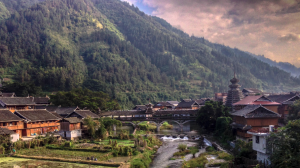
Views of the Villages of Guizhou, China. Photo by Vince Michael
The conservation of the Drum Tower in Dali-Dong village in Guizhou is proceeding. In the future, GHF plans to continue doing conservation work on some of the wind-rain bridges as well as other possible structures.
GHF’s NGO partner, Youcheng, is focusing on the intangible heritage, and the Chinese government is funding the construction of an eco museum that will serve both villagers and visitors.
Han Li, GHF’s China Heritage Program Manager, is overusing the project in cooperation with the Chinese government, a collaboration that is leveraging GHF’s philanthropic dollar in Guizhou several times over, and insuring that the community will benefit from the conservation of their tangible and intangible cultural heritage.
PINGYAO, CHINA
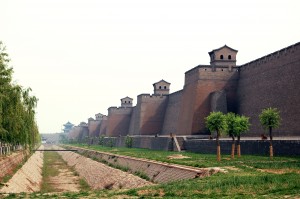
View of Pingyao’s Wall. Photo by Han Li
The project has been completed and The Conservation Management Guidelines for Traditional Courtyard Houses and Environment in the Ancient City of Pingyao has been recently published in both Chinese and English. The guidelines were initiated by the Pingyao County Government and UNESCO, and supported by the China Cultural Heritage Foundation and Global Heritage Fund, and complied by the Tongi University.
GÖBEKLI TEPE, TURKEY

Details of a Monolith from Göbekli Tepe, Turkey. Photo by Bob Stanton
The construction of a temporary protective shelter has been completed to protect the site from the elements. In addition test walls which are bring used to determine how to better conserve the sites structures, and onsite analysis are solidly in place for the next several years. We are completing the site conservation plan with local and international conservation experts.
CARPATHIAN VILLAGES, ROMANIA
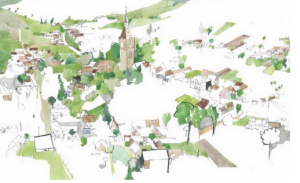
Carpathian Village. By George Butler
GHF recently funded the Daia Home Emergency Project, which will seek to conserve structures that represent a unique and diverse cultural landscape of Romanian, Saxon, and Gypsy heritage. Daia is one of the best preserved Carpathian Villages whose homes, churches and fields that evoke the landscape of medieval Europe.
GHF also supported the building of a kiln facility, in Apos, which will be used to make authentic tiles for restoration of houses and churches, and a dry house is currently being built.
In parallel we continue to expand the community development plan, which will include items such as a health center and a communal kitchen with EU sanitation specs, which would allow locals to make a small profit from homemade cheese and preserves.

